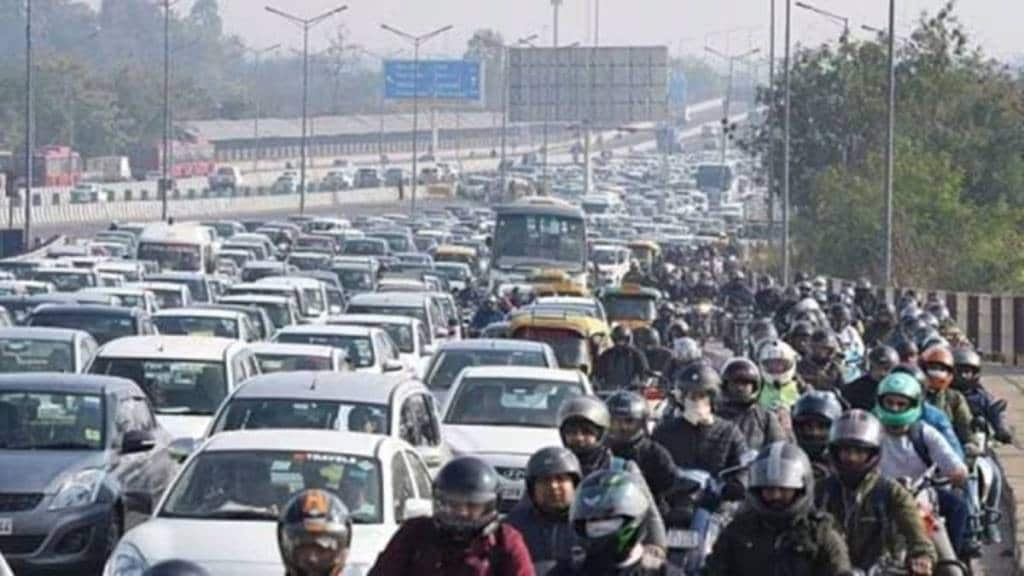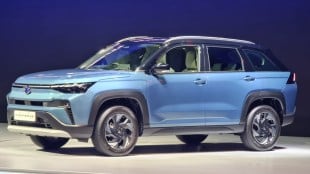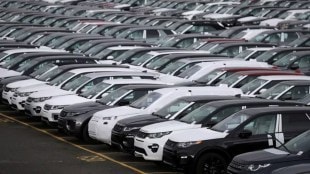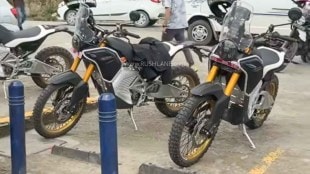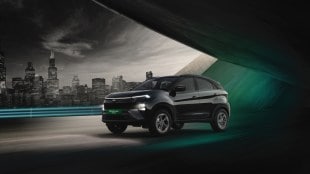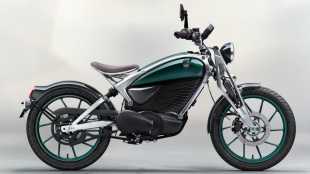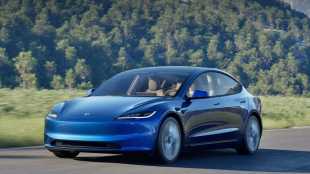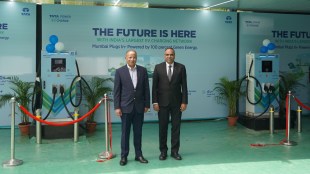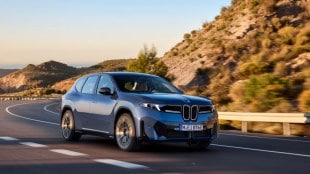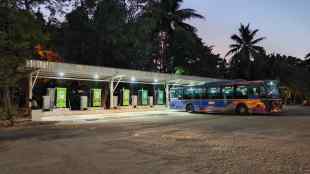Last week, the Supreme Court granted a temporary reprieve to owners of end-of-life vehicles (ELV) in Delhi. Anvitii Rai elaborates on why the ELV policy is different for Delhi-NCR, and what better ways exist to identify unfit vehicles as well as combat air pollution.
l Why has the SC given a temporary reprieve?
In April, the Commission for Air Quality Management (CAQM) had directed a phased denial of fuel to end-of-life vehicles (ELVs) at fuel stations in the National Capital Region (NCR) of Delhi from July 1, in high-density NCR districts from November 1, and in the rest of the NCR from April 1, 2026, based on a 2018 Supreme Court order enforcing end-of-life restrictions, particularly on Bharat Stage VI (BS VI)-compliant vehicles. Accordingly, the Delhi government started its drive, but public backlash and logistical challenges forced it to stop seizing ELVs. It then filed a review plea on July 25 challenging the blanket age-based ban. Issuing notices to the Centre and the CAQM on the plea on August 12, a three-judge bench presided by Chief Justice of India BR Gavai said, “In the meantime [while the SC hears the review plea], no coercive steps to be taken against the owners of the car on the ground that they are 10 years old in respect to diesel vehicles and 15 years old with respect to petrol vehicles.” The next hearing will take place four weeks later.
l What did the Delhi govt say in its plea
The Delhi Government has argued that “the road-worthiness of a vehicle is a technical and scientific issue that must be linked to actual emissions as tested and recorded by mechanisms as set out under the Motor Vehicles Act, the Central Motor Vehicles Rules, etc., as opposed to a blanket ban on the basis of age which is unlinked to actual emissions.” It said the blanket age-based restriction is not scientifically justified given advancements in vehicle emission technology, particularly the rollout of BS VI norms in April 2020. It pointed out that these vehicles emit up to 80% less particulate matter and 70% less nitrogen oxides than BS IV models. Well-maintained BS IV and BS VI vehicles with valid Pollution Under Control (PUC) certificates and limited usage patterns contribute negligibly to overall pollution, and removing them on the basis of age was hitting middle- and lower-income people the hardest, as they rely on older but still road-worthy vehicles for mobility.
l Why Delhi has a different ELV rule
Earlier this year, the ministry of road transport and highways updated the Vehicle Scrappage Policy India. Private vehicles older than 20 years and commercial vehicles older than 15 years must undergo a fitness test, and if the vehicle fails the test, it must be scrapped at a registered vehicle scrapping facility. If it clears the test, owners can renew the registration. Owners scrapping old vehicles can get registration fee waivers, tax rebates and manufacturer discounts when buying a new vehicle.
However, for Delhi, as part of efforts to combat air pollution, the National Green Tribunal had in 2015 directed that diesel vehicles older than 10 years and petrol vehicles older than 15 years should not be allowed to operate in Delhi NCR. This was upheld by the Supreme Court in 2018.
l Determining road-worthiness
Considering only age as the basis for mandating scrappage renders other ways of measuring a vehicle’s fitness such as the annual PUC certificate useless. There is also no scientific study on whether only vehicles older than 15 years are responsible for air pollution. While Automatic Number Plate Recognition systems have been installed at petrol pumps to detect banned vehicles, an audit conducted by the Delhi transport department found that only 60% of them functioned optimally. Delhi currently has only three government-approved scrappage facilities, against estimates of over 250,000 ELVs every year.
Viable alternatives include real-time emissions data using On-board Diagnostics (OBD), which saw success in Pune, as well as updating existing measures with artificial intelligence. India can take a leaf out of China’s book, where vehicles undergo routine inspections —every two years for the first six years, every year for the next four years, and every six months afterwards. They are scrapped if they fail three consecutive inspections.
l Air pollution mitigation plan key
In June, the Delhi government had launched its 25-point Air Pollution Mitigation Plan-2025. That plan included deploying 1000 sprinklers, 140 anti-smog guns, 200 mechanical road sweepers, 70 electric litter pickers and exploring cloud seeding options for rain. Six-monthly audits of vehicle pollution certification centres, 5000 new e-buses and cameras on state borders to identify ELVs from other states were crucial parts of this plan. Now that removing ELVs from Delhi’s roads is on the backburner, the state government has to step up its efforts on other fronts to ensure that by November — Delhi’s annual smog season — the air is relatively cleaner. Remote sensing-based monitoring of emissions to identify gross polluters in real-time is needed; the Delhi government wants a scientific study to determine the actual environmental benefits of the age-based ban. Its new EV policy is still in the works— the existing policy has been extended till March 2026. China’s New Electric Vehicle (NEV) mandate — a national-level scrappage subsidy programme can help here.
